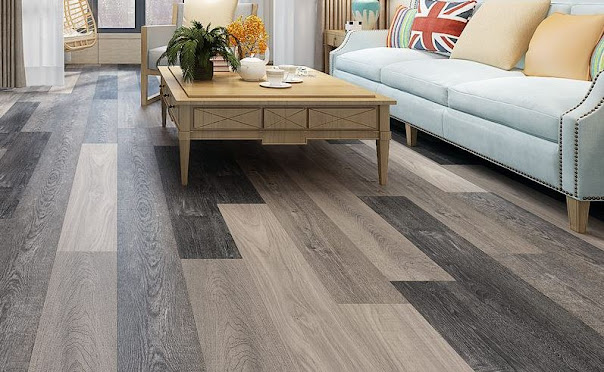How Sisal carpets are a natural, renewable resource and make the perfect addition to any room?
Sisal Carpets are a natural, renewable resource and make the perfect addition to any room. They are extremely durable, and are available in any color or design. The best part is that they are extremely easy to take care of and clean!
Extremely Durable, Available In Any Color Or Design
The first step is to vacuum the carpet every day. This will keep the dirt and grime from collecting in the fibers of your sisal carpet, which can cause it to look dirty or discolored. It is also a good idea to brush the surface of your rug regularly with the carpet brush attached to your vacuum cleaner to remove any debris from the fibers that is ingrained into the weave.
If you do get a spill on your Sisal Carpets, make sure to act quickly so that the stain does not set into the carpet. Blot the spot with a cloth and if necessary, use a wet cleaning solution to get it cleaned up as soon as possible.
When the spill is too big to be removed by a simple blotting, you may need to use a commercial carpet cleaner to get it cleaned up. The cleaner should be designed specifically for sisal rugs, so you should follow the manufacturer’s instructions carefully.
Cleaning Solution/Commercial Cleaner Specifically
You can also try a homemade spray cleaning solution made from distilled water and vinegar. The mixture can be poured into a plastic bottle with a spray nozzle and misted onto the affected area of your sisal rug.
This works well to get rid of most stains, and it will leave your sisal rug feeling soft and refreshed. Be careful when applying the solution; too much water can cause your carpet to shrink or warp.
Another option is to use a dry cleaning solution that is designed specifically for sisal rugs. You can find these products online or in a local cleaning supply store.
Strong, Resilient Material Resistant Against Dust & Noise
While you are cleaning your Best Sisal Carpets, it is important to avoid using any chemicals or other harsh substances. This is because they can damage the fibers of the carpet and ruin it. You can also use a rug protector on your sisal carpet to protect it from the elements.
The sisal fibre is derived from the Agave sisalana plant. It grows mostly in Africa and Brazil, and is primarily cultivated for its internal, tensile fibers that people use to make ropes and twine. When the plant is dried and treated, the resulting fibers are tan-colored.
A tan-colored sisal fiber is ideal for making sisal rugs that are popular in the world. The tan color is easy to match with most decors, and it is a natural and renewable resource that helps preserve the environment.
Conclusion:
The tan fibers of the sisal plant have been used for thousands of years to make ropes and twine. They are a strong, resilient material that is resistant to dust and noise. They are also a very durable flooring option for areas with high traffic, such as the entrance or hallway of your home.
.jpg)



Comments
Post a Comment